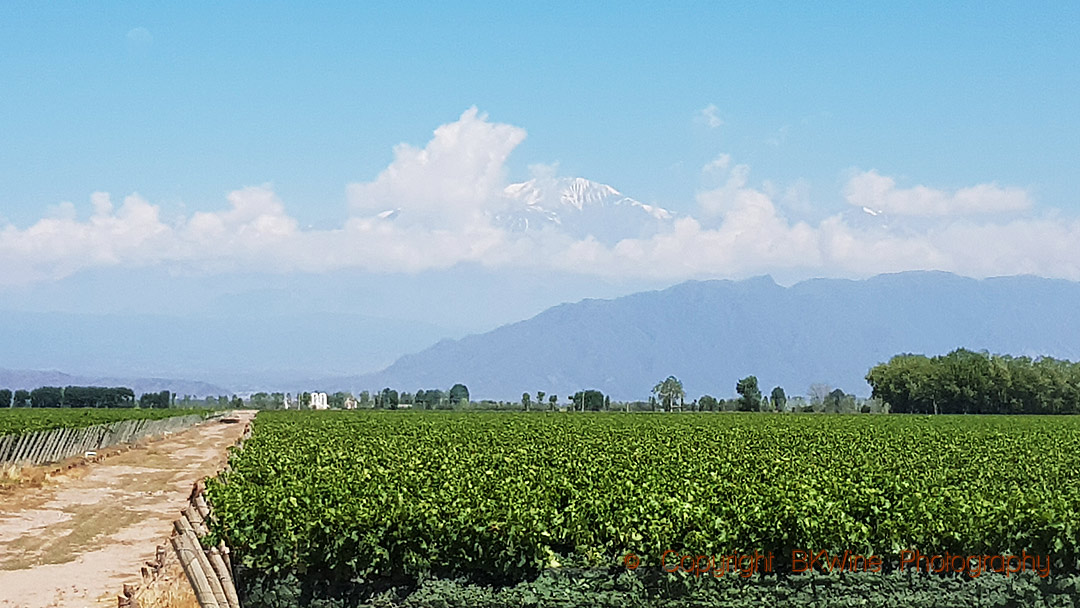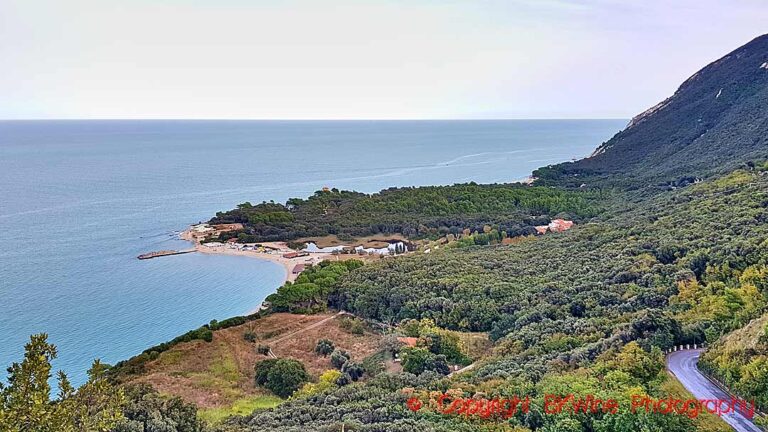What’s new in Mendoza?
With the snow capped Andes in the background and an extremely blue sky, Mendoza, the largest wine region in Argentina, is a magnificent sight. The climate is nice and warm. It is easy to get ripe grapes and powerful wines with a lot of alcohol. Wines that are appreciated all over the world. But making powerful wines is not enough anymore for the more ambitious of the Mendoza producers. José Alberto Zuccardi says what a lot of producers think today: “We also need to look for identity, especially for our top wines, it’s very important. We want to have powerful wines, but with the elegance from the old world.”
Argentina is a country with a long wine tradition. It’s a New World – country with a certain old world feeling to it. It has always been the New World country with the biggest wine consumption, maybe not surprising considering the Italian and Spanish influence.
The wine export has grown dramatically over the last few years and the quality of the wines has improved, also dramatically. “Consumers are changing”, says Guillermo Yaciofano, vineyard manager at Trapiche. “They are more knowledgeable today and they want interesting wines. So we need to change our wines. We need to find the right location for each grape. It is warm everywhere in Mendoza, but there are regions that are more or less hot.”
Investments
There have been a lot of investments made in Mendoza over the last few years, both by foreigners and by Argentineans. French and other Europeans are attracted by the climate and the (relatively) affordable prices for vineyard land. Finca Flichman is owned by Portuguese Sogrape and their chief winemaker Luis Cabral de Almeida is also from Portugal. He enjoys the ambience and, of course, the many barbecues. ”I appreciate the open-mindedness among the wine producers, the fact that people share and discuss things.”
The investments are visible in the grand wine cellars you see while travelling around in the country side. The spectacular cellar of Catena Zapata, inspired by the Maya pyramids, is just one example. Everywhere you’ll find the latest high-tech equipment and well trained wine makers. And, not least important, a will to experiment and to improve the complexity of the wines.
The importance of altitude
“Everything starts in the vineyard”, says Luis Cabral de Almeida at Finca Flichman, and many producers share this philosophy today. A big advantage here in Mendoza is the fact that it is easy to grow grapes more or less organically. “In Europe you would typically spray 9-10 times a year, here it’s a bad year if we need to spray four times.”
Producers talk a lot about the environment, but the real fashion word today is altitude. Vineyards at high altitudes have the advantage of being cooler which will give more freshness and elegance to the wines. New land is being planted closer to the mountains. Grapes from different altitudes are blended for complexity and often the altitude is mentioned on the label. In the Oku Valley, southwest of the city of Mendoza, vines are grown at an altitude of between 900 and 1400 meters. “On high altitudes we can get phenolic ripeness earlier and thus pick ripe grapes before the sugar level – and consequently the alcohol level – gets too high,” says
Luis Cabral de Almeida.
Trapiche has invested in the Uco Valley. Here, says vineyard manager Guillermo Yaciofano, with the cool climate, sauvignon blanc och pinot noir give very good results. Also Trivento buys land in Uko Valley. Wine maker Maximiliano Ortiz says that producers today are much more aware of the importance of where the grapes are grown.
Irrigation and the limits of a good thing
The Andes are not just a beautiful background to the vineyards. Their melting water is also the thing that makes it possible to produce wine in this very dry region. ”Water, it’s the most important thing we have. If you control the water, you control the quality of the grapes”, says Luis Cabral de Almeida at Finca Flichman. But you have to control also the amount of water you give your grapes. You have to adapt the amount depending on grape variety, location and season. Luis gives very little, for instance, after véraison (that is, after the grapes have changed colour).
Trapiche uses some pretty sophisticated methods to decide the amount of water they need to give to their vines.
An automatic weather station gives daily “evapotranspiration” data and a pressure chamber allows them to test the leaf water status. Based on this information they can optimize their irrigation decisions. “Sometimes you need to stress the vines a little bit, you should definitely never spoil them”, says Guillermo Yaciofano, Trapiche’s vineyard manager.
Grapes
Argentina’s most famous grape variety is Malbec and it is also the most planted of the red varieties.
”We are totally addicted to Malbec”, says Luis Cabral de Almeida at Finca Flichman, ”even though Cabernet Sauvignon is getting stronger and stronger. Malbec is an easy variety to work with and it has nice, soft tannins.” Today, many producers wish to stress the fact that Malbec can produce so much more than just basic entry level wines. More high quality Malbec wines are being made and even Single Vineyard wines which adds prestige to the grape.
“Malbec is a marvellous grape”, says legendary chief wine maker at Bodega Norton Jorge Riccitelli, and pours an extraordinary Malbec 1974 to prove that the grape can age well. “They didn’t have oak at that time so what you feel is the quality of the grapes.”
An up and coming variety is Cabernet Franc. Jorge Riccitelli uses is a lot and he thinks it will become an important grape for Mendoza. ”It thrives in our climate, it has good tannins and it ages well.”
With all Italians in Mendoza you are not surprised to find Italian varieties. Bonarda, for instance, is a much used grape for volume wines but Diego Levada, wine maker at Trapiche, thinks it will soon be important also for higher quality wines. “It has personality”, he says.
Less known but as Argentinean as Malbec is the white grape Torrontes. At Trapiche it grows at 1400 meter above sea level where it enjoys cool nights. It has such a strong character that you, according to Jorge Riccitelli at Norton, either love it or hate it. It is planted all over Argentina and although it doesn’t always taste the same it is always aromatic and floral. It reminds me of a discreet Gewurztraminer. An actually is goes even better with Asian food than Gewurztraminer. “The thing is to avoid the bitterness you often get in Torrontes”, says Jorge Riccitelli.
Stay on the look out also for Syrah as it is a grape that is starting to do very well in Mendoza. Trivento proves this with Trivento Golden Reserve Syrah, one of their best wines with grapes from Los Ponchos in the Uco Valley.











